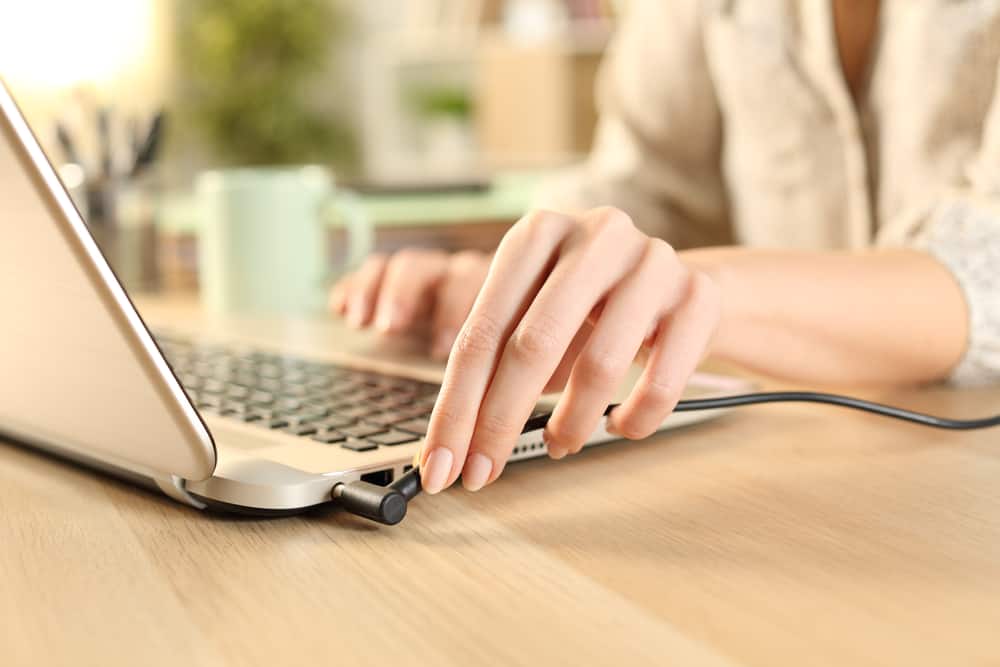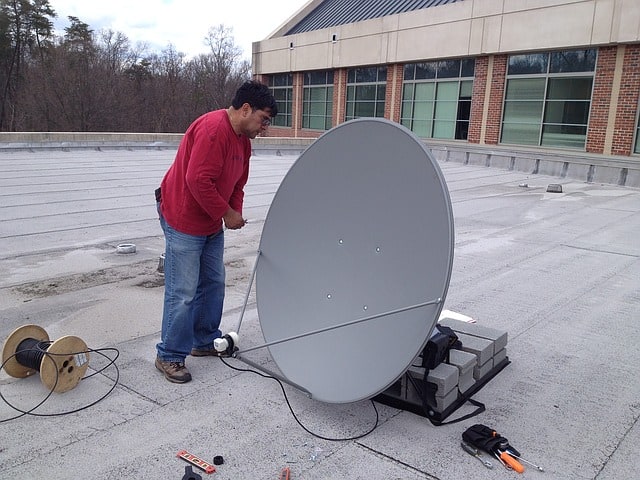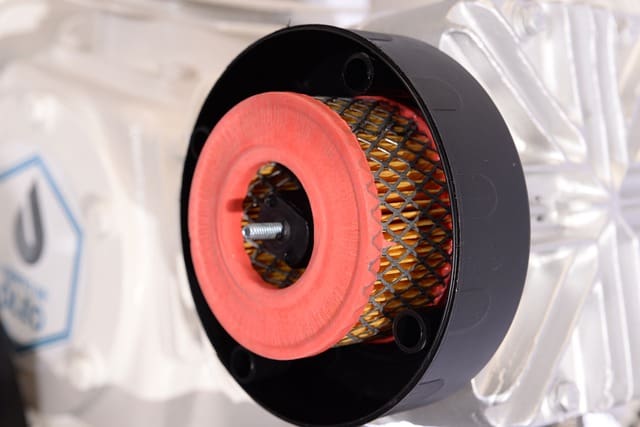How to Break in a New Laptop Battery?
Once you’ve purchased a new laptop, there’s an essential but often overlooked step to consider: breaking in the new laptop battery. It’s more than just a technicality. It’s a critical step in caring for your new tech.

Source: Pheelings media/Shutterstock.com
Laptop batteries can provide you with hours of untethered use, allowing you to work from any location, whether that’s a serene park or a bustling coffee shop. But without proper conditioning, your battery performance and longevity can suffer, leaving you without power when you need it.
Learn the steps for breaking in your new laptop battery so you can enjoy years of use.
Laptop Battery Basics
The battery in your laptop is a sophisticated component. Understanding how they work can help you know why breaking in the battery can improve your laptop’s performance.
Types of Laptop Batteries:
Laptop batteries come in various types, including Lithium-ion (Li-ion) and Lithium Polymer (LiPo). The type can influence both performance and the calibration process. Li-ion batteries, common in many laptops, balance weight and energy capacity, requiring careful initial charging cycles to maximize lifespan.
LiPo batteries,
known for being thinner and lighter, offer a steadier discharge rate but require a careful battery startup procedure to preserve their efficiency and longevity.
Battery Memory:
The concept of battery memory, once a concern with older rechargeable batteries, is less relevant today. Modern laptop batteries are designed to be smart and adaptive, meaning they can handle partial charging and discharging without developing memory effects. This means you can calibrate and recalibrate your laptop battery without worrying about damage.
Battery Chemistry:
Battery chemistry plays an essential role in the initialization process. For example, Li-ion batteries perform best when kept between a 20 percent to 80 percent state of charge, making the breaking-in process even more critical to establishing this healthy charging range.

Source: Stanislav71/Shutterstock.com
Preparing for the First Use
When you first unpack your laptop, your initial steps with the battery are crucial to establishing its long-term health and effectiveness. Using it correctly from the start can influence its lifespan and performance.
Charging the Battery for the First Time:
After unboxing your laptop, connect it to a power source and fully charge the battery before using it. This initial full charge helps the battery begin with an even charge level, preventing issues associated with starting on a partial charge, like miscalibrated battery readings and inaccurate battery life indicators.
Charging New Batteries Overnight:
A common question among laptop users is the safety of charging a new laptop battery overnight. Although modern laptops and their chargers usually come with features to prevent overcharging, like voltage regulators and temperature monitoring systems, it’s advisable to disconnect the laptop after it’s fully charged. This practice helps in reducing unnecessary strain on the battery.
Initial Settings and Adjustments:
To optimize battery health from the get-go, consider adjusting some settings on your laptop. Reduce screen brightness to an appropriate level, enable power-saving modes, and configure sleep settings to minimize power consumption when the laptop is idle.
The Breaking-in Process: Step-by-Step Guide
Once you are ready to use your laptop for the first time, you can begin the cycling process to calibrate your battery. Whether your laptop is new or you just purchased an Apple laptop replacement battery, this process involves a few simple steps that will help condition your battery for long-term use.
Fully Charge the Battery Before First Use:
To maximize your laptop battery’s initial capacity, plug it in and allow it to charge fully before its first use. This step is crucial because it helps the battery reach its maximum charge capacity, ensuring you get the most out of your laptop’s power source.
Discharge the Battery to a Specific Level (Not Completely):
Once the battery is fully charged, use your laptop normally until it discharges to around 20-30 percent of its capacity. Do not allow the battery to reach 0 percent, as this can overwork it, reducing its lifespan.
Repeat the Charge-Discharge Cycle a Few Times:
To condition the battery, going through the charge-discharge cycle three to four times is recommended. This process helps calibrate the battery’s capacity indicator, ensuring it delivers accurate information about the remaining charge. Depending on how you typically use your laptop, you can spread this procedure over a few days or weeks.
Tips for Maintaining Battery Health
Breaking in your new laptop battery is just the beginning. To keep your battery performing optimally throughout its lifespan, consider the following tips:
Regular Usage Patterns vs. Long-Term Storage:
If you primarily use your laptop plugged in, it’s a good practice to unplug it occasionally and let the battery discharge and recharge. This prevents the battery from staying at a constantly high charge level for extended periods, which can reduce its capacity over time.
If you plan to store your laptop for an extended period, keep the battery at around 50 percent charge to prevent it from becoming too depleted or overcharged during storage.
Avoid Extreme Temperatures:
High temperatures can accelerate battery degradation, while extreme cold can affect battery performance due to increased internal resistance and electrolyte crystallization. Avoid exposing your laptop to extreme temperature conditions whenever possible. Store it in a space that has an ambient temperature between 50°F to 95°F.
When to Perform Calibration Cycles:
Although modern laptop batteries are less prone to memory effects, performing a full calibration cycle (fully charged, fully discharged, and then fully charged) every few months can maintain battery health and ensure accurate capacity readings.

Source: Ground Picture/Shutterstock.com
Software Tools and Built-in Utilities:
Many laptops come with built-in battery management tools like Windows Battery Report or macOSX Battery Health that can help you monitor battery health. Take advantage of these tools and monitor your battery’s condition over time.
Update Software and Drivers:
Regularly updating your operating system, utility software like system optimizers, and drivers such as graphics, audio, and network is essential for preserving battery health. Software updates often include optimizations and enhancements that improve energy efficiency, allowing your laptop to run more efficiently on lower power.
Staying current with these updates means you ensure a smoother and more secure computing experience and maximize your laptop’s battery life for sustained performance over time.
Prolong the Life of Your New Laptop and Battery
Breaking in and calibrating your laptop battery is a small step that you can take to maximize your battery performance. This enables you to enjoy extended battery life with fewer worries about sudden power loss when you need your laptop. Remember that while laptop batteries degrade, proper care can extend their useful life.



